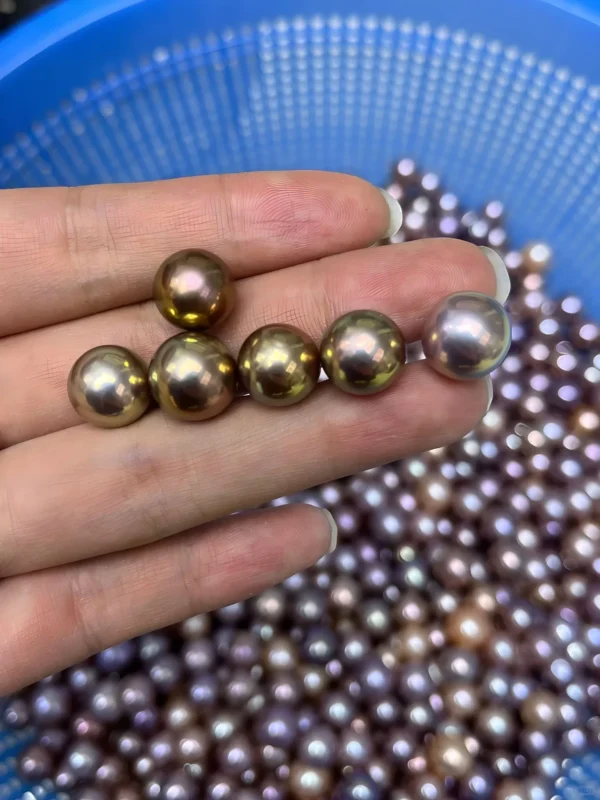Where Pearl Come From? Exploring Nature’s Gem from Ocean to Jewelry

The Allure of Pearls
Have you ever wondered about the journey of pearls from the ocean to your jewelry box? These mesmerizing gems, coveted for their elegance, have captivated people for centuries. Their allure goes beyond beauty, hiding a fascinating journey from the seas to adorn our lives. Join us as we explore the origins of pearls, combining insights from experts and authoritative sources to reveal the full picture.

The Mysterious Birthplace of Pearls
How Pearls are Formed: Nature’s Intricate Process
Every pearl begins with a remarkable biological process inside a mollusk. An irritant such as a grain of sand or a parasite can trigger the secretion of nacre, or mother-of-pearl, encapsulating the irritant in its lustrous layers. According to the American Museum of Natural History (per their marine biology resources), this natural occurrence transforms an irritant into something extraordinary.
“Pearl formation is an exceptional example of how organisms transform adversity into beauty,” says Dr. Robert Shreves, a marine biologist specializing in mollusks.
Types of Pearls: Natural vs. Cultured
While natural pearls occur in nature, cultured pearls involve human intervention. Technicians insert a nucleus into the mollusk to facilitate pearl creation. Both result in pearls that captivate with their luminous quality, although cultured pearls are more prevalent today.
Global Harvest: Where Pearls are Found
Oceans of the World: Key Pearl Locations
Globally, pearls originate from various waters. The South Pacific boasts South Sea pearls, with Australian, Indonesian, and Philippine waters leading production. Japanese and Chinese waters are renowned for producing Akoya pearls. Meanwhile, Tahitian pearls, with their unique black hue, are cultivated in French Polynesia. The Gemological Institute of America highlights the regional differences in pearls, emphasizing diversity in color, size, and luster.
“Each region produces pearls with distinct characteristics, influenced by water temperature and mollusk species,” explains cultural anthropologist Dr. Emily Turner.
Farming Practices: Traditional Meets Modern
Pearl farming marries tradition with modern technology. While old methods depended on natural harvests, contemporary practices involve aquaculture. This technique provides optimal conditions for pearl development, adhering to sustainable and environmentally-friendly standards. Pearl Farming Techniques and Technology provides an insight into the evolution of these practices.
Conclusion: Pearls’ Journey from Ocean to Ornament
Understanding the origin of pearls adds depth to their beauty and significance. From the oceans’ mysteries to the expert hands of pearl farmers, their creation is a testament to both natural wonders and human skill. When appreciating pearls, we honor their origin story and the intricate balance of nature and innovation leading them to our lives.
